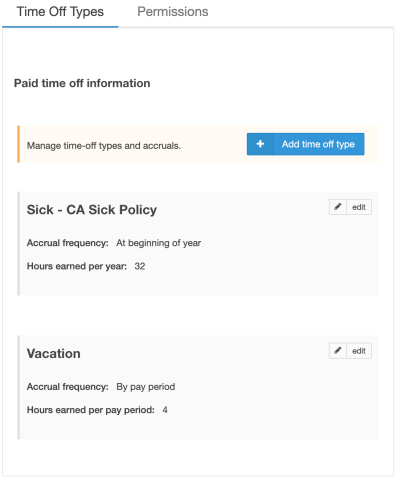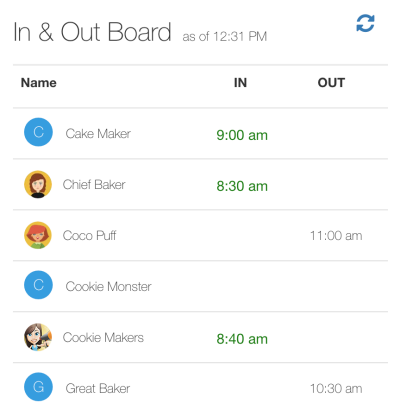Creating a PTO Policy for your Dental Office
First, PTO stands for - Paid Time Off. 😁
PTO policies are hard to come up with for dental offices. Dental offices typically have both full time and part time employees, some are paid a salaries and others are on hourly. Offices usually have a relatively small staff. And on top of that, it's still a small business, which often doesn't make that much money yet depending on how many years they've been in business. So, business owners have to worry about whether we have enough money to pay for the salaries, bills and PTOs. But if the business is not totally struggling financially, then PTO for employees is essential for hiring great employees and retaining your existing staff. Furthermore, this will boost the success of your practice in the long term as it maintains everyone's well-being, productivity and enthusiasm throughout the year.
Do you have to offer PTO?
No, it is not legally required for employers in the US to offer PTO to their employees. However, some states and cities have laws that require employers to provide paid sick leave to their employees.
And you might have heard of The Family and Medical Leave Act (FMLA) which is a federal law that provides eligible employees with up to 12 weeks of job-protected, unpaid leave for certain medical and family reasons. The law applies to employers with 50 or more employees, which probably won't apply to most dental offices, because most of dental offices do not have a team of that size.
All the different types of PTO
PTO can come in the form of paid time off, sick days, vacation days, or a combination thereof. Whatever PTO policy you decide to go with make sure it's clear, fair and compliant with local labor laws. For example, some countries have PTO policies that employers must adhere to - so make sure you know what those are before crafting yours! That said, PTO is an essential element of any company's success so don't skimp on it even if your budget is tight - it will pay off in the long run.
Here are the PTO types:
- Personal days: used for personal or family matters
- Sick time: used in case of illness or injury
- Vacation: used for leisure and holidays
- Bereavement PTO: used to mourn the loss of a loved one
- Holidays: days when the office shuts down and most personnel receive a break. To take it one step further, certain firms offer some floating holidays in which staff can pick any day to use as vacation that is not already an officially accepted holiday.
- Maternity / paternity leave: By supporting new parents as they adjust to their lives with children, dental offices demonstrate compassion and understanding that is invaluable.
- Jury duty: At the state level, some laws mandate PTO for those summoned to jury duty, while others suggest it.
Time off accrual methods:
There are several methods for accruing PTO that companies can use:
- Hourly Accrual: Employees earn a set number of PTO hours each pay period, based on the number of hours they work.
- Annual Accrual: Employees earn a set number of PTO hours each year, regardless of the number of hours they work.
- Hybrid Accrual: A combination of hourly and annual accrual, where employees earn a set number of PTO hours each pay period, as well as an annual lump sum.
- Front-Loaded Accrual: Employees receive a lump sum of PTO hours at the beginning of the year, which they can use as needed.
- Service-Based Accrual: Employees earn PTO hours based on the length of time they have been employed with the company.
How to track everyone's PTO requests and balance?
Many office still keep people's hours and PTO balance in a notebook, then manually added it up when needed. Many others use spreadhsheets to keep track. It definitely works, but is hard to have everyone make PTO requests and see the balance. We use an app call IDEAblox Time Clock. It tracks regular work hours and also PTO hours. Employees can make PTO requests in the app. Managers and owners can approve it. It's super simple to use.
Key to making your PTO policy successful
It's essential the offices sets some expectations with all employees on using PTO. Here are the key ones:
- Require employees to give a proper notification period for their PTO requests, with sick days being an exception.
- Set a maximum of days an individual can take off consecutively in order to maintain productivity.
- Be clear who approves the PTO requests and how long it will take to approve or reject the request. I would say no longer than 2 days or people would become frustrated and makes it hard for them to plan their PTO time.
- Figure out how many employees can be out at the same time. Dental offices tend to have a small team, so having more than one or two employees out at the same time will make it very hard to operate.
- And make sure everyone knows how the PTO time is tracked and see the balance of their PTO time.
_________

